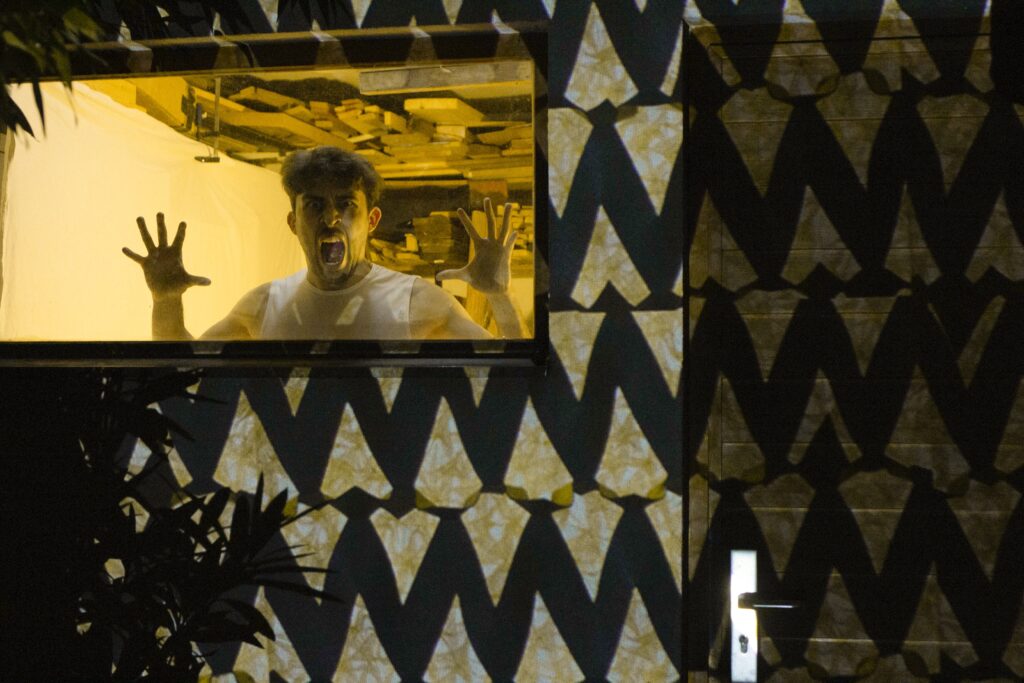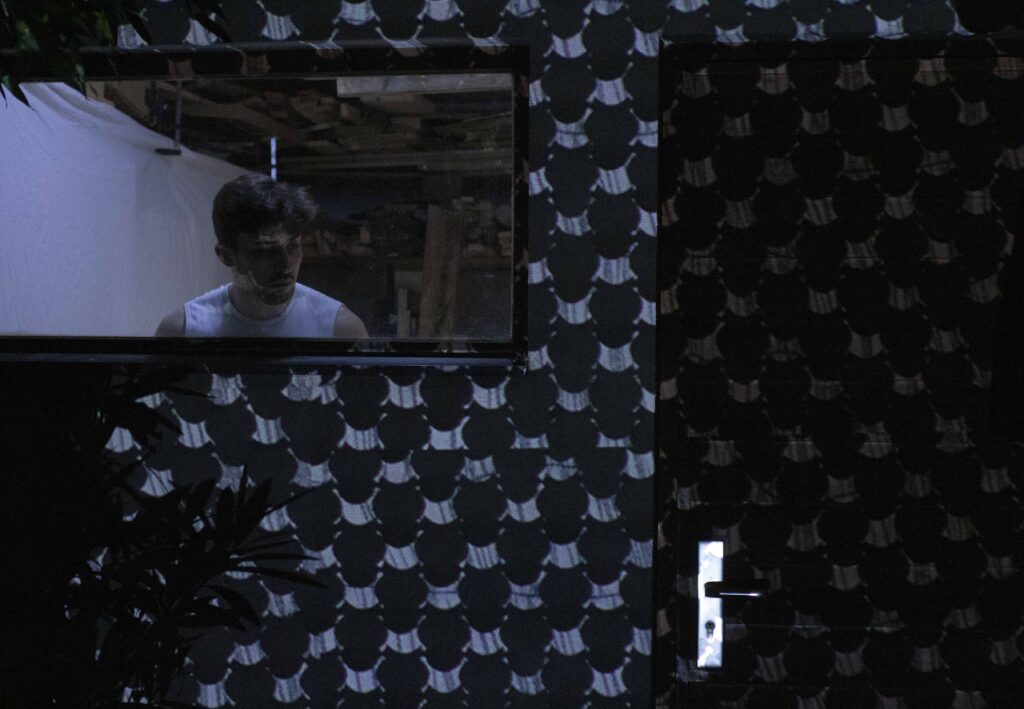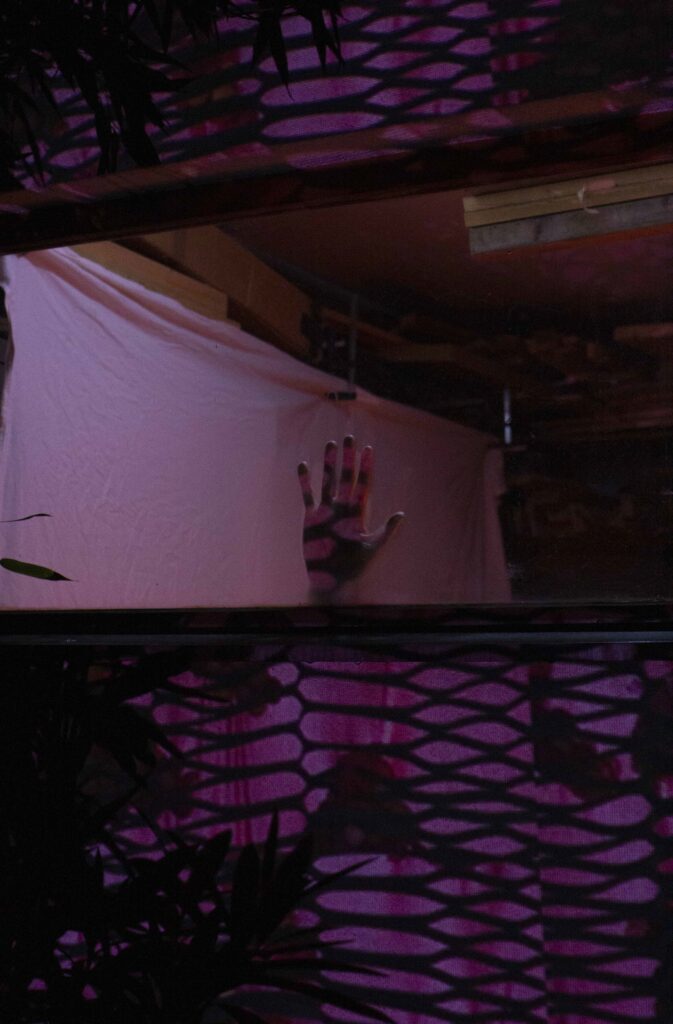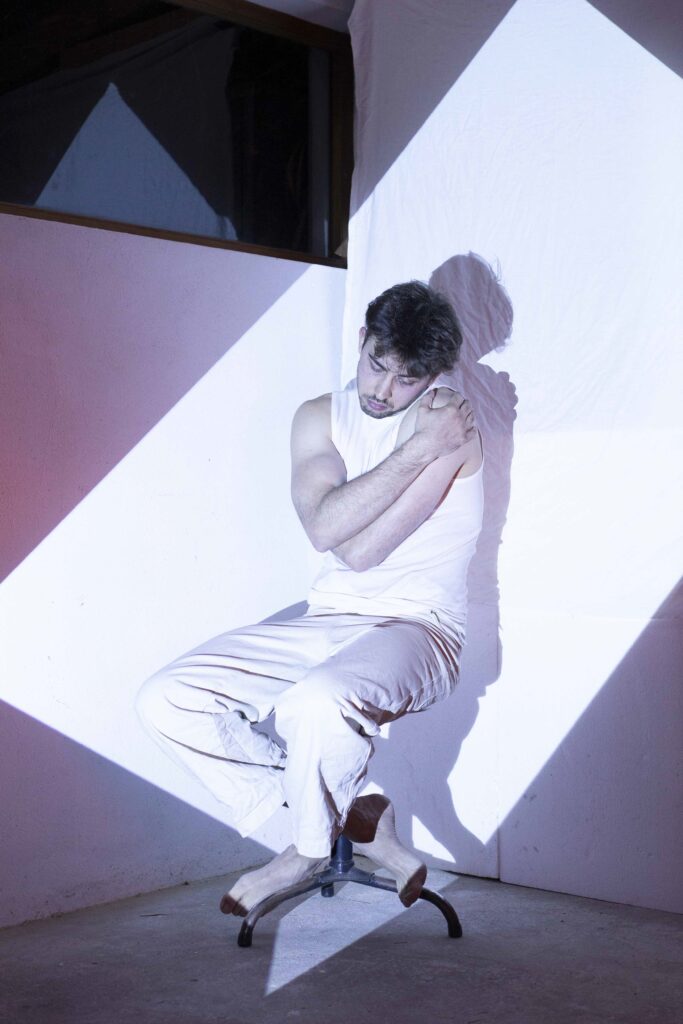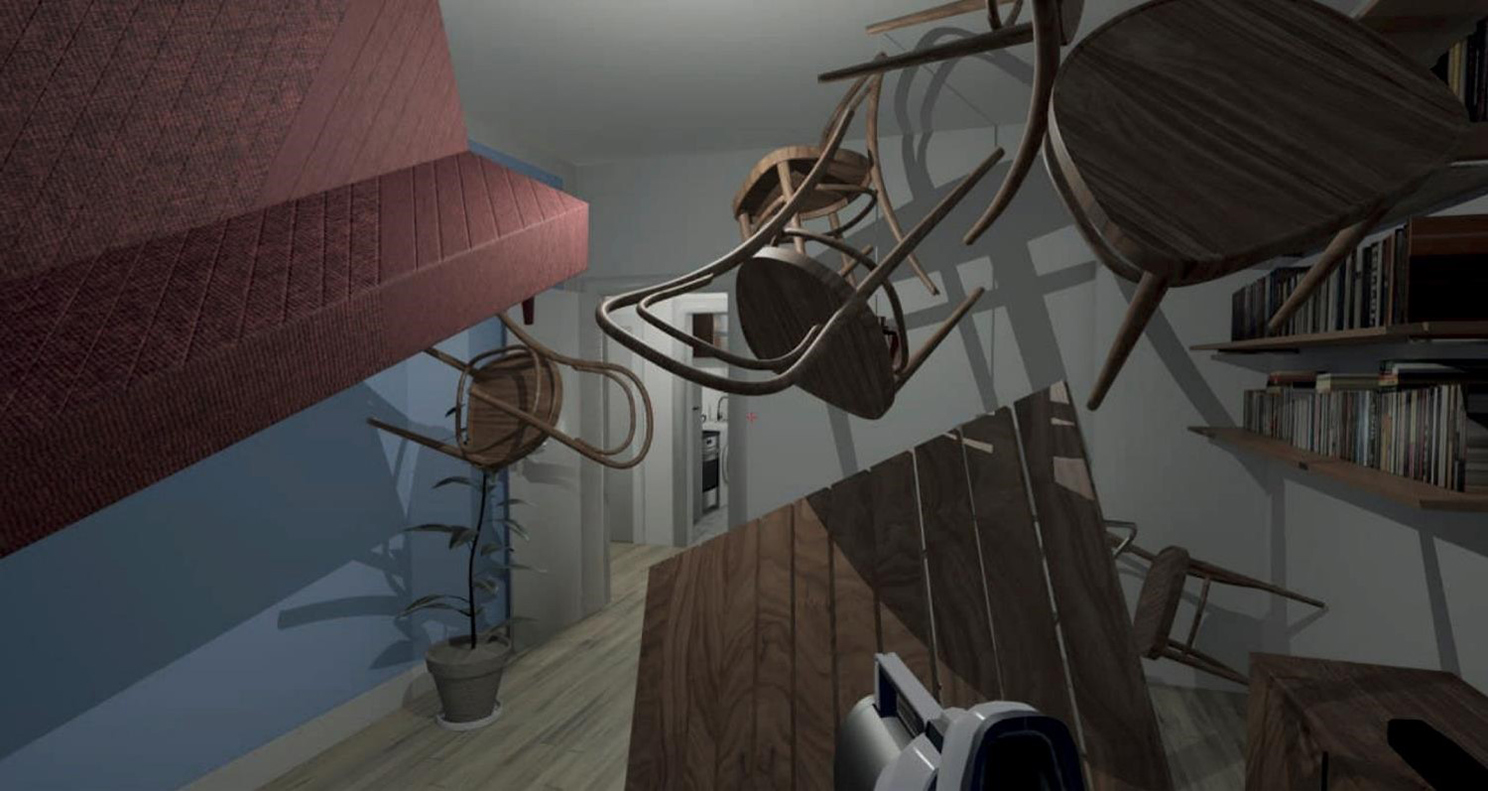AFFECTIVE WALLS, WS 20/21
SCENARIO
Due to constantly mutating super corona viruses, the world has been in a state of emergency for 20 years, which has now become everyday life. Leaving one's own home is strictly regulated. There is no longer a public space; everything takes place at home. Food and other goods are delivered by drones. With the exception of a few system-relevant professions, work is done in a home office. The outside world is almost only perceptible through the window.
The goal of these measures is to keep the infection rate low
and thus to protect general physical health. At the same time, however, their psychological consequences have become entrenched. A large proportion of people suffer from depression, and despite first-class medical care and a balanced diet, there is a high susceptibility to disease. The suicide rate is also rising steadily.
The main problem lies in the lack of real social contact. Therefore, many have switched to virtual reality. Here, there is the possibility to visit other places and communicate with other people almost like in real life. Even touch can be simulated by sensors. However, you never know whether there really is a person or a bot on the other side and what reaction actually takes place.
One consequence of this complete shift of communication into digital space is a dissociation from one's own body. Physical needs seem rather annoying and are increasingly difficult to classify. Self-perception is lost in the mutability of digital identity and the absence of immediate reactions from others.
CONCEPT
Affective Walls enables emotional communication without physical encounters. By visualizing feelings through walls, a connection is created between the outside world and the inside world. To determine a person's emotional state, facial expressions are unobtrusively and continuously recorded and vital signs are collected. This is done using sensors and microcameras integrated into wearables. A specially developed algorithm evaluates this information and determines an emotion image. This is encoded and sent to a microcontroller in the wall.
The motors controlled by the microcontroller can change the appearance of the facade in many ways, and the wall comes to life. Every possible emotional image can be translated into a visually matching surface structure and coloring, which can be intuitively read by the viewer. The facade thus changes
depending on the emotional state of the person, visualizes their emotions and conveys them to the outside. The personal sphere enters the public space. Even without contact, emotional expression and empathy are made possible.
Especially in the current time of distance, such a medium could create a danger-free closeness. An application would also be conceivable in the area of dissociative disorders or to draw a mood picture of communities.
